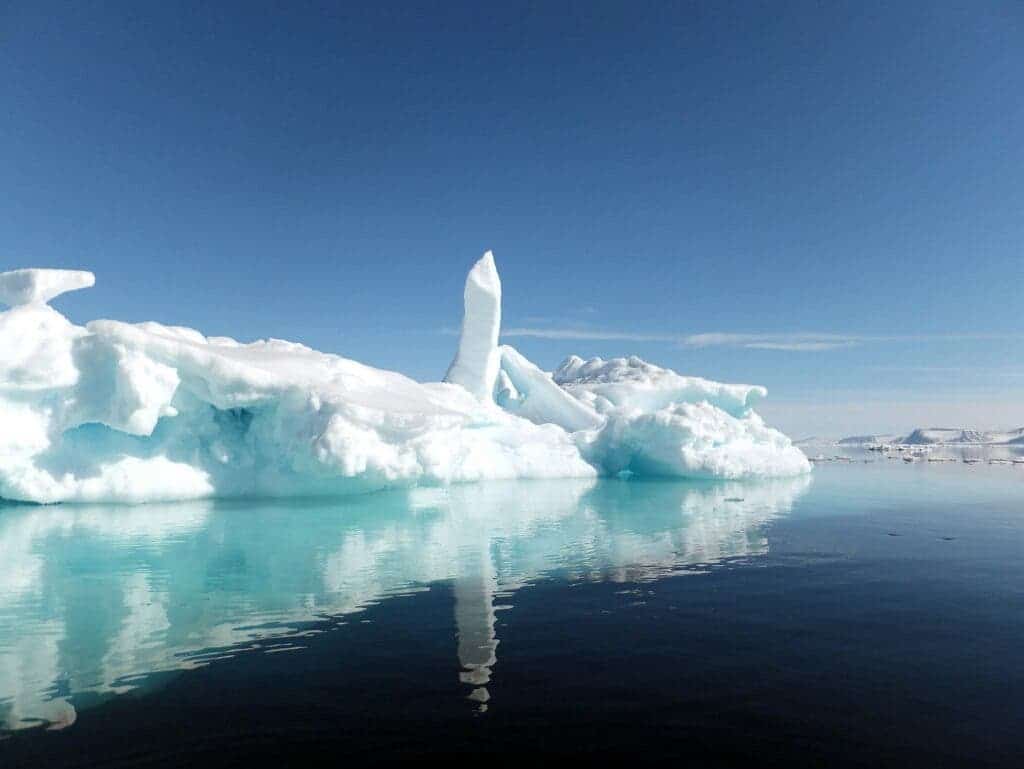Forget about bats, birds, or any other animals for a moment: the next pandemic could be caused by melting ice from the Arctic, according to a new study. Genetic analysis of soil and lake sediments from Laze Hazen, the largest freshwater high Arctic lake in the world, showed the risk of viral spillover could be higher than expected around melting glaciers — and we’ve got a lot of melting glaciers.

The findings indicate that as the world gets warmer due to climate change, it makes it more likely for viruses and bacteria locked up in glaciers and permafrost to reawaken and infect wildlife. We’re already starting to see this in action, for instance in 2016, when an outbreak of anthrax was liked to a heatwave that melted permafrost and exposed an infected reindeer carcass — but this could just be the beginning.
“This twofold effect of climate change, both increasing spillover risk and leading to a northward shift in species ranges, could have dramatic effect in the High Arctic,” the researchers wrote in their paper. “Disentangling this risk from actual spillovers and pandemics will be a critical endeavor to pursue in parallel with surveillance activities.”
Pandemics and climate change
Viruses need hosts (like animals, humans, plants, or fungi) in order to replicate and spread. They can occasionally jump to a new host that lacks immunity, as seen with the Covid-19 pandemic. Scientists in Canada wanted to better understand how climate change could affect the spillover risk by looking at samples from Lake Hazen.
The researchers sampled soil that becomes a riverbed for melted glacier water in the summer, as well as the lakebed – which required clearing snow and drilling through two meters of ice, even in May, when the study was done. They used ropes and snowmobiles to lift the lake sediment through almost 300 meters (980 feet) of water.
The samples were sequenced for DNA and RNA, the genetic blueprints and messengers of life, to identify signatures closely matching known viruses, as well as potential plant, animal, or fungal hosts. The researchers then used an algorithm that looked at the possibility of these viruses eventually infecting unrelated groups of organisms.
The study showed the risk of viruses spilling over to new hosts was larger at locations close to where glacial meltwater flowed in – a situation that would become more likely as climate change kicks in. The researchers didn’t quantify how many of the viruses they identified were previously unknown, something they hope to do in the future.
Previous studies have suggested that unknown viruses can linger in glacier ice. For example, US researchers announced last year that they had found genetic material from 33 viruses (28 of which were new to science) in ice samples taken from the Tibetan plateau in China. They estimate the viruses to be approximately 15,000 years old, based on their location.
The authors of this new study, published in the journal Proceedings of the Royal Society B, said they are not forecasting a spillover or pandemic, as the likelihood of both events remains low. However, they emphasized that the more our planet heats up and glaciers melt, the more likely it becomes for such a pandemic to emerge.


